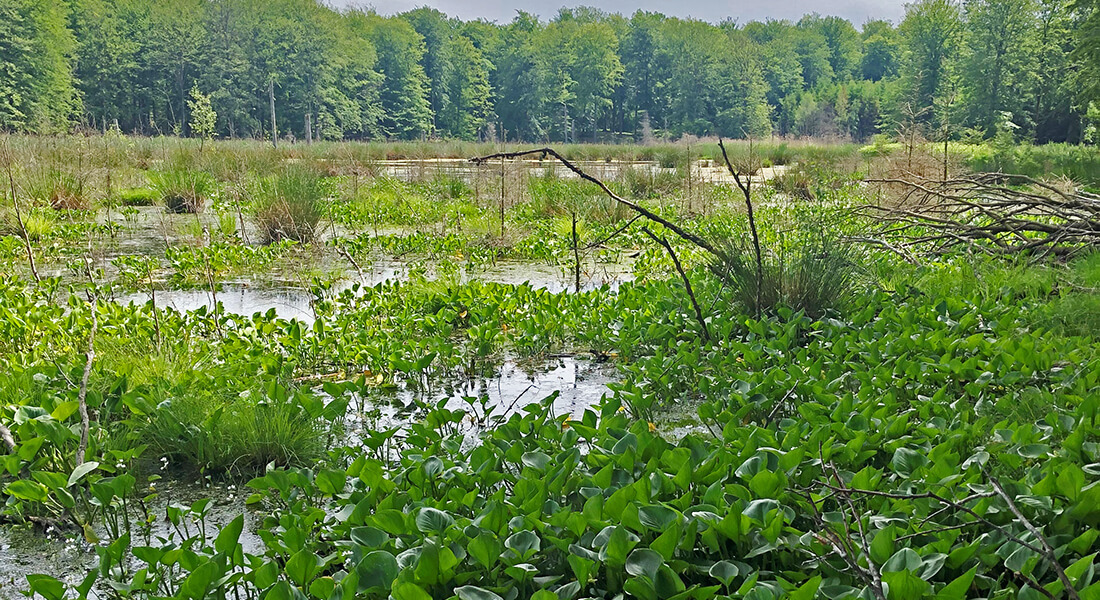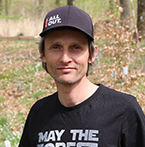Low-lying soils, forests and the climate – an absolutely natural trinity

Low-lying soils play a central role in the government’s climate policy, but do our assumptions about their beneficial effects for Denmark’s future greenhouse gas accounts hold when the soils are made wet again after cultivation?
According to Jesper Riis Christiansen, this aspect of the development of low-lying soils has not been studied in relation to climate issue.
For this reason, the project RePeat will bring about a better data base that can shed light on alternative and potentially more climate-friendly future management of low-lying land. Let the wetland be overgrown and in this way accumulate large quantities of carbon in the form of living and dead biomass that eventually ends up being stored in the wet soil.
Measurements from several different wet low-lying soils in the USA, Germany and Denmark show that it can take several decades before the "new wet" low-lying soil again functions as we expect and again accumulates CO2 from the atmosphere. This is, of course, a problem, as we should preferably achieve a rapid climate benefit. New ways are therefore needed in nature management to accelerate the accumulation of CO2. To dare to do so, we must do away with an ingrained notion of what a natural low-lying landscape is.
In the cultural landscape, low-lying soils have mostly been free from trees and grazed by cattle. We are familiar with this landscape all the way back from old paintings of the Golden Age and it is an ingrained perception that this is how our landscape looks and of course it must continue to do so. We have a clear view of the small river valleys and the surrounding hills.
But maybe that’s not necessarily the case? Low-lying soils, forests and the climate are all very well connected and are an untested tool to increase the intake of CO2 from the atmosphere.
Contact

Jesper Riis Christiansen (Associate professor)
jrc@ign.ku.dk
Tlf.: 35 33 69 42
Participants in the project
- Annelie Skov Nielsen (PhD student)
- Klaus Steenberg Larsen (Associate professor)
- Poul Erik Lærke (Aarhus University, Foulum)
The project is financed by
Danish Agricultural Authority, Ministry of Agriculture, Food and fisheries

Project period: 2020 - 2023
